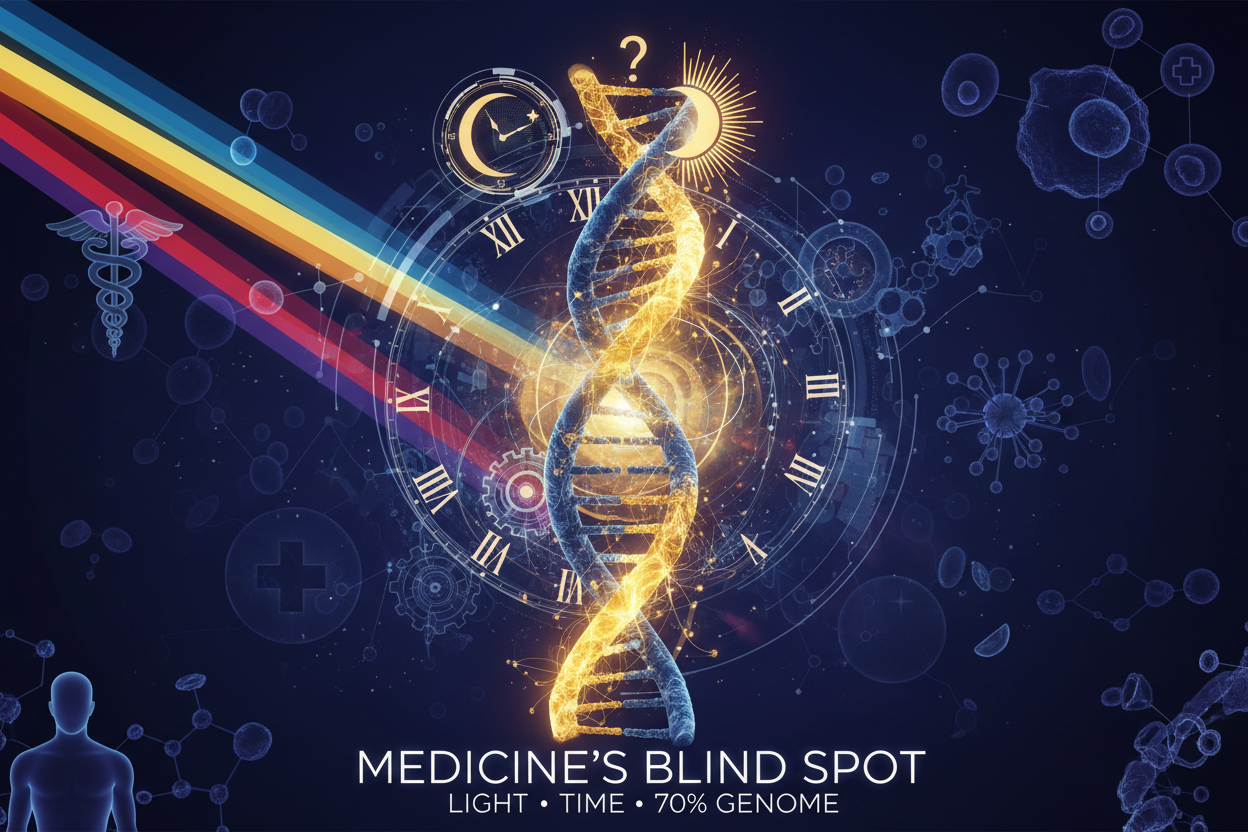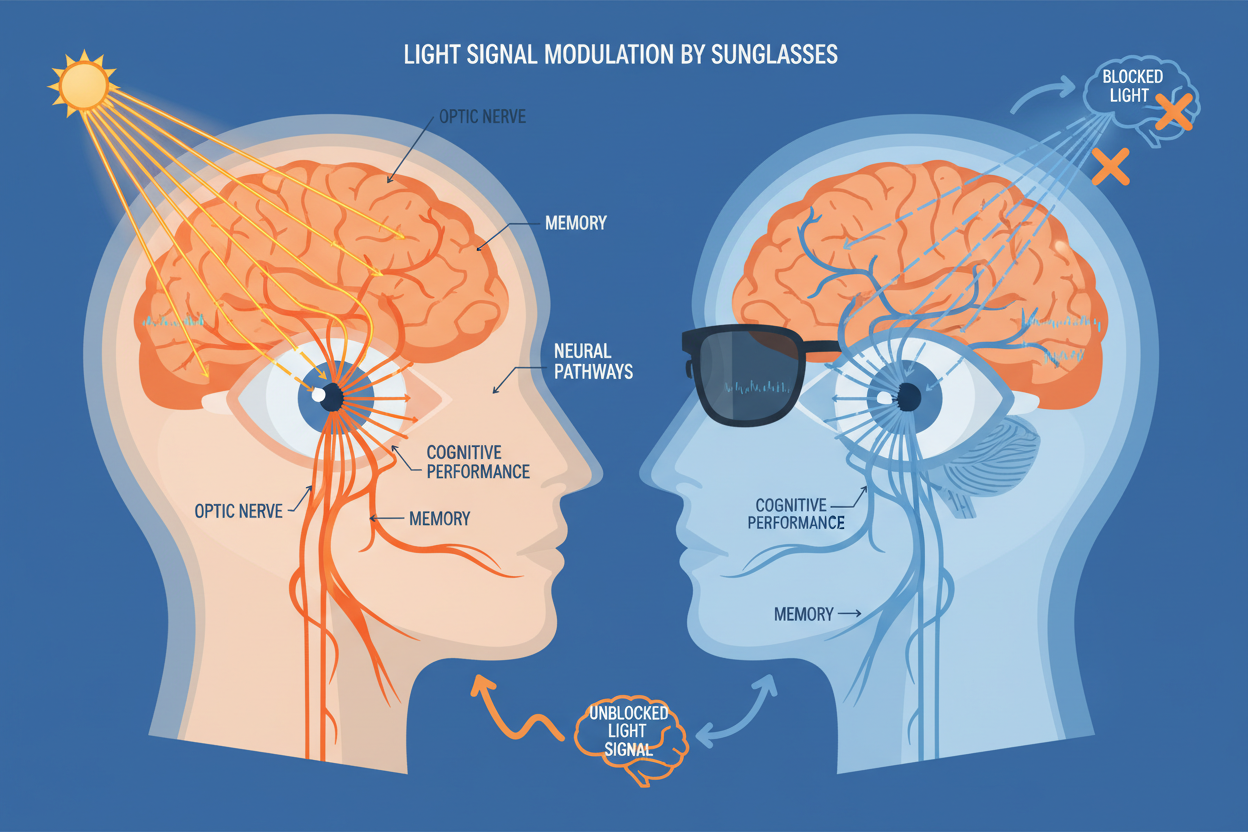
Sun, brain, and multiple sclerosis: The forgotten role of UVB light beyond vitamin D
Multiple sclerosis (MS) is a serious autoimmune disease of the central nervous system, associated with demyelination, neurodegeneration, and impairments in motor skills and cognition. In recent years, it has become apparent that a key environmental factor influencing its course and risk of development is sunlight, specifically UVB radiation.
While most studies focus on its relationship to vitamin D production, new data show that the sunlight itself has a direct impact on the structure of the brain, even regardless of the vitamin D level.
Study: Dependence of Brain Structures in MS Patients on Sun Exposure
According to an extensive study (Zivadinov et al., 2013) conducted on 264 patients with MS, it was found that:
• Greater summer exposure to sunlight was associated with a larger volume of gray matter (GMV) and total brain volume (WBV).
• This relationship remained significant even after adjusting for age, gender, body weight, and clinical disability (EDSS).
• Including vitamin D levels in the model of this relationship does not explain it in any way, which means that the effect of the sun on the brain depends on mechanisms other than just vitamin D synthesis.
Important factors affecting vitamin D and the brain:
• summer sun exposure (p = 0.002)
• eye color (darker eyes → lower vitamin D levels)
• BMI (high weight = lower levels of D)
• supplementation of multivitamins
Especially the relationship between eye color and vitamin D levels suggests that optical properties of tissue and the ability to receive photonic information play a more significant role in RS than previously assumed.
Quantum-biological commentary: What exactly does the sun do to the brain?
Sunlight, especially UVB, not only activates the synthesis of vitamin D but also affects:
• melatonin rhythm (suppression during the day, release at night),
• production of POMC and its derivatives (e.g. α-MSH),
• phototransduction through retinal ganglion cells (ipRGCs),
• redox metabolism of glia and neurons,
• state of structural water and cytoskeleton, which is essential for myelination and microtubules.
Without UVB, there is a chronic shift in metabolism towards pseudohypoxia, loss of gray matter, incoherence of neuronal circuits, and a decrease in autophagic capacity.
Paradox of civilization: protection from the sun may accelerate neurodegeneration
Current medicine and dermatological practice advise: "Use SPF daily, avoid the sun between 11 a.m. and 3 p.m., protect yourself with clothing."
But it is precisely this time that is the only one when the UVB spectrum is able to penetrate the atmosphere and activate cutaneous and neuroimmune photoreception.
From the perspective of quantum-biological logic, there are states in which people with MS take vitamin D supplements, but are systematically removed from the light field that controls biological regeneration.
Conclusion: Sunlight as a Neuroregenerative Input
The study shows that:
• brain volume (especially gray matter) is positively associated with UVB exposure
• this relationship is independent of vitamin D
• it is necessary to reconsider the significance of UVB as photobiomodulation input to the control architecture of the brain
Renewing access to the solar spectrum is not a cosmetic decision, but a neurological necessity.



Leave a comment
This site is protected by hCaptcha and the hCaptcha Privacy Policy and Terms of Service apply.